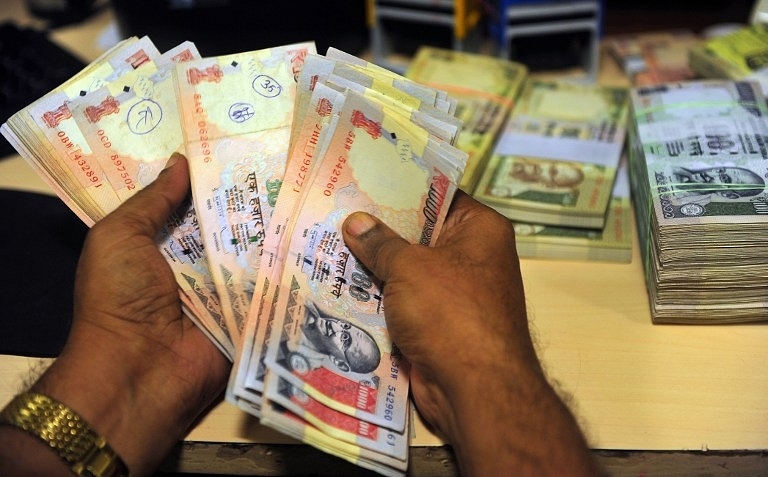Business
How To Set Public Sector Banks On A Healing Path
- Public sector bank market shares are predicted to decline unless their principal owner - the government of India - provides adequate capital.

At a bank counter.
Technological innovation is driving payments beyond the realm of the traditional private sector banks. An alert, albeit shallow debt mutual fund market helped disintermediate bank credit to better rated companies, leaving dodgy loans on PSU bank books. Credit innovation by old and new Non-Banking Financial Companies has begun to address large profitable niches in small and medium enterprises (SME) and among informal citizenry. This leaves PSU banks with ever-shrinking customer business segments to deal with.
Public sector bank market shares that have been declining at about one percent per annum are predicted to decline at over one percent per annum due to “equity” challenges and bad loans on their books as well as inability of their principal owner - the Government of India - to provide adequate capital. Add to that, poor PSU bank management and capability limitations of the people running these banks and we have a recipe for perfect disaster. PSU bank market share is expected to decline from around 70 percent currently to less than 50 percent by 2025.
As such, analysts are writing obituaries of the PSU banking sector with the inexorable market capitalisation value destruction. While this may yet play out, there’s a case that this eventuality is not entirely inevitable and indeed can be delayed indefinitely.
Even acknowledging the challenges faced by PSU banks and agreeing that they can neither be solved in a hurry nor wished away given all the socio-political realities, the straight easy answer of privatising banks is unfortunately unachievable. Privatisation in this case is not a silver bullet by any stretch of imagination.
In the absence of the best solution, we need to make do with plausible ones. Credit losses, willful or otherwise, are the biggest source of value destruction in the PSU bank basket. It is the assets side of their balance sheet that is causing maximum stress requiring continuous capital inflows. Conditions that created these losses continue to exist even now and it is imprudent to shut our eyes to emergent losses from new loans made by the weaker banks. However, the liabilities side of their balance sheet is not as impaired or as value destructive.
Emerging payment technologies and new credit products are likely to find mass adoption across formal, informal and SME sectors. However, the perceived “safety” of government owned banks combined with conveniently located branches and deposit guarantees will continue to help PSU banks retain bulk of the savings of the masses despite the lure of higher returns at private players.
Obviously, the PSU markets have overlapping costs and defunct processes which can be squeezed out through merger and acquisition and business process rationalisation exercises. The capital requirement for narrow banks is less onerous than loan-book-expanding banks. Arguably narrow banking can actually be a source of regular dividend return to the government if not outright capital return.
Basically, the government should club the bad banks and force them into “narrow banking” business and let them run down their assets and losses. Combined with branch, employee and cost rationalisation (certainly feasible as a large number of PSU bank employees are coming up for retirement), narrow banking is likely to make unit branch economics better while keeping the asset profile healthier.
This would arrest the wealth and market capitalisation destruction in PSU banks and set them on a healing path to modest success or extend their lifespan as opposed to assured destruction.
Introducing ElectionsHQ + 50 Ground Reports Project
The 2024 elections might seem easy to guess, but there are some important questions that shouldn't be missed.
Do freebies still sway voters? Do people prioritise infrastructure when voting? How will Punjab vote?
The answers to these questions provide great insights into where we, as a country, are headed in the years to come.
Swarajya is starting a project with an aim to do 50 solid ground stories and a smart commentary service on WhatsApp, a one-of-a-kind. We'd love your support during this election season.
Click below to contribute.
Latest